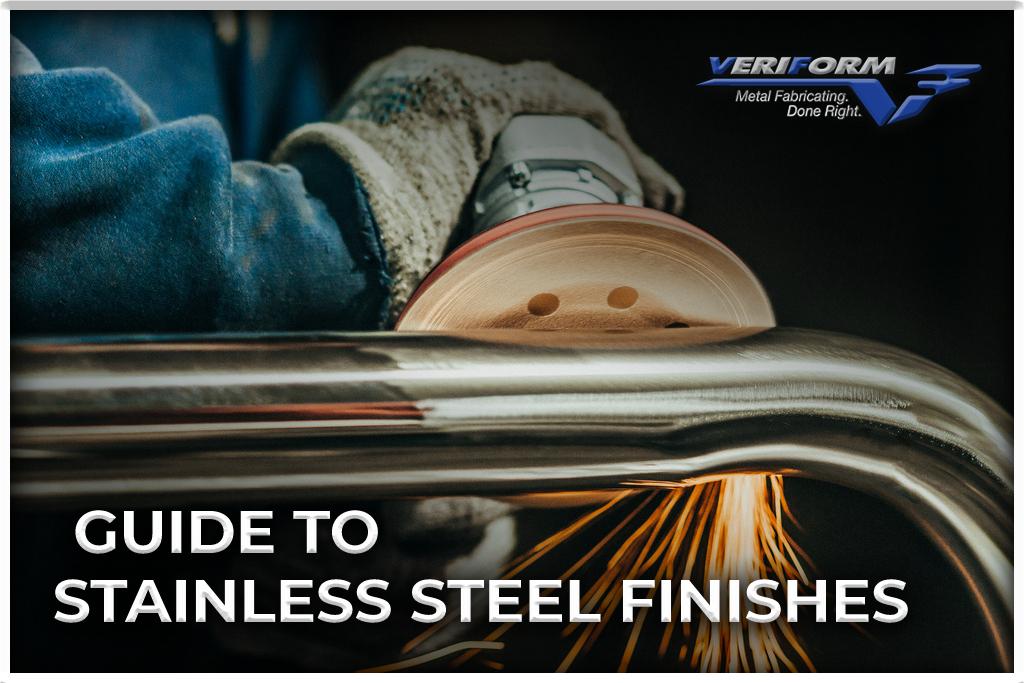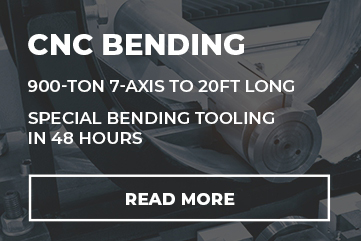News
Your Basic Guide To Stainless Steel Finishes

Stainless steel finishes play a vital role in any design specifications. Not only is it for practicality but it’s used for enhancing the appearance of the final product as well. There are a variety of options when it comes to steel finishes. With some exceptions, most finishes are usually classified by number. Every finish is used to achieve different visual effects that are specific to the industry and the final product. For example, a mirror finish is more commonly used for ornamental trim or columns seen in luxury hotels whereas a brushed finish is used commonly in automotive design. The textures, grain orientation, patterns, and other features should be discussed thoroughly with your fabricator. This guide will help you distinguish between some of the most commonly used stainless steel finishes.
No. 2B – Matte Finish
Judging from the name, you can assume the results. A matte finish will appear dull and non-reflective similar to a cloudy mirror, which makes it a good choice when aesthetics isn’t a priority. No. 2B is usually the least expensive compared to the other options and it also happens to be one of the most popular finishes. It’s most commonly used for equipment in a variety of industries including pharmaceutical, chemical, laundry, and even household appliances like parts for refrigerators and kitchen tools.
No. 3 – Brush Finish
Produced through extended brushing, this process creates a moderately reflective finish with one-directional and somewhat coarse polishing lines that extends along the length of the product. It can be achieved using either mechanical or gradual finer polishing techniques. Depending on the product and the application requirements, the grit can determine how reflective the finish is. The higher the grit number the finer the polishing lines are. This type of finish is usually reserved for manufacturing, and food processing equipment such as brewing equipment, and kitchen equipment.
No. 7 – Polished Finish
This type of finish is known for its reflective, very bright, mirror-like appearance. It’s achieved through polishing a No. 4 finish with a 320 grit and up to 10 minutes of extended buffing which produces a higher degree of reflectivity. It has minimal grit lines that can still be seen when you’re standing a few feet away. A common finish that prepares your stainless steel for chrome plating, powder coating, and more. The polished finish is used for architectural designs such as column covers, ornament trim, and wall panels.
No. 8 – Mirror Finish
Similar to No. 7, the mirror finish appearance is highly reflective. No. 8 is actually the most reflective compared to all the other options. The mirror finish can be accomplished through extended buffing (5-10 more minutes than No.7). The extensive buffing essentially gets rid of the grit lines but they’re still visible up close, hence why it’s not the perfect mirror. This stainless-steel finish is typically used for interior architectural designs such as panels, columns, and ornamental applications seen in museums, luxurious office buildings, and more.
Custom Metal Fabrication with VeriForm
You’re not only limited to four stainless steel finishes but there are also many more options available on the market. When it comes to stainless steel finishes, VeriForm has a team of experts that will discuss all the different options with you in-depth. Whether you’re looking for architectural fabrication or custom metal fabrication, VeriForm is your best bet. They have over two decades worth of experience along with the top-notch equipment that can tackle any metal fabrication project. To learn more or receive a quote, contact VeriForm today!








